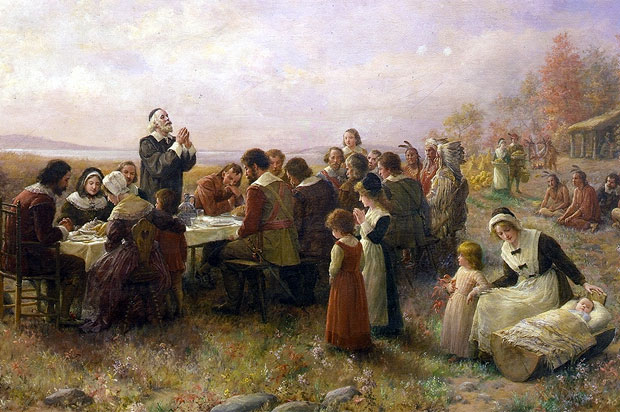Procrastination Can Kill Writing Success
 Procrastination means putting off an essential task.
Procrastination means putting off an essential task.
Admit it you procrastinate. All writers do.
Procrastination is a clever enemy often disguised as worthy endeavors such as a writer’s meeting, a writing conference, a computer game to “clear the head”, or a movie for “research.”
Social media, while a critical component for author promotion, can also be a major procrastination culprit. Who doesn’t find Twitter or Facebook or web surfing sucking precious time from writing?
Delaying issues for some writers can be more subtle. Things like spending time reading blogs or books about writing or tidying a work area before beginning. Well-intentioned things to do, however not very productive.
If your time revolves around thinking about writing or learning about writing without actually writing, face it, you’re procrastinating.
So how do we cure the culprit that steals our words from the page?
First, admit you’re procrastinating.
Next, try these five helpful hints to stop.
Divide your project into small chunks
Commit to working an hour on a project by breaking the task into doable pieces. For non-fiction books, this may be creating a chapter outline. For a novel, try breaking the story smaller segments like scenes or start with character development.
Schedule writing time
Too often writers put off writing until everything else is done. The dishes put in the dishwasher, the clothes folded, the dog walked, etc. You get the idea. There is no perfect time to write.
Schedule a one-hour block of time to sit down at your desk and write. Consider it an unbreakable appointment.
Set a timer
Once you have a designated writing time, set your phone timer, a kitchen timer, or an online timer like e.ggtimer.com for 15 – 30 minutes. Forget about whether what you produce is good or bad – keep writing.
Turn off your internal editor and self-critic
Simply write like nobody’s watching. After all, no one needs to see your writing until you’re ready.
Get a grip and just do it.
Put your butt in the chair and W-R-I-T-E whether you feel like it or not. No matter how much strategizing, planning, and hypothesizing you do if you don’t take action, nothing happens.
According to Wayne Dyer, “Procrastination is one of the most common and deadliest of diseases and its toll on success and happiness is heavy.”
Don’t let procrastination defeat you. Try these five tips and when you’ve put words on the page,


 President Ronald Reagan signed legislation in 1983 designating today as a federal holiday to honor
President Ronald Reagan signed legislation in 1983 designating today as a federal holiday to honor 






 Christmas trees continue to play an important role in our holiday decorating.
Christmas trees continue to play an important role in our holiday decorating.


 If you attend a traditional liturgical church, you probably lit the second candle of an Advent Wreath yesterday because Advent this year began on Sunday, November 27.
If you attend a traditional liturgical church, you probably lit the second candle of an Advent Wreath yesterday because Advent this year began on Sunday, November 27.
 Thanksgiving arrives on Thursday making this week filled with family reunions, food, fun, travel, football games, Black Friday, and being thankful.
Thanksgiving arrives on Thursday making this week filled with family reunions, food, fun, travel, football games, Black Friday, and being thankful.